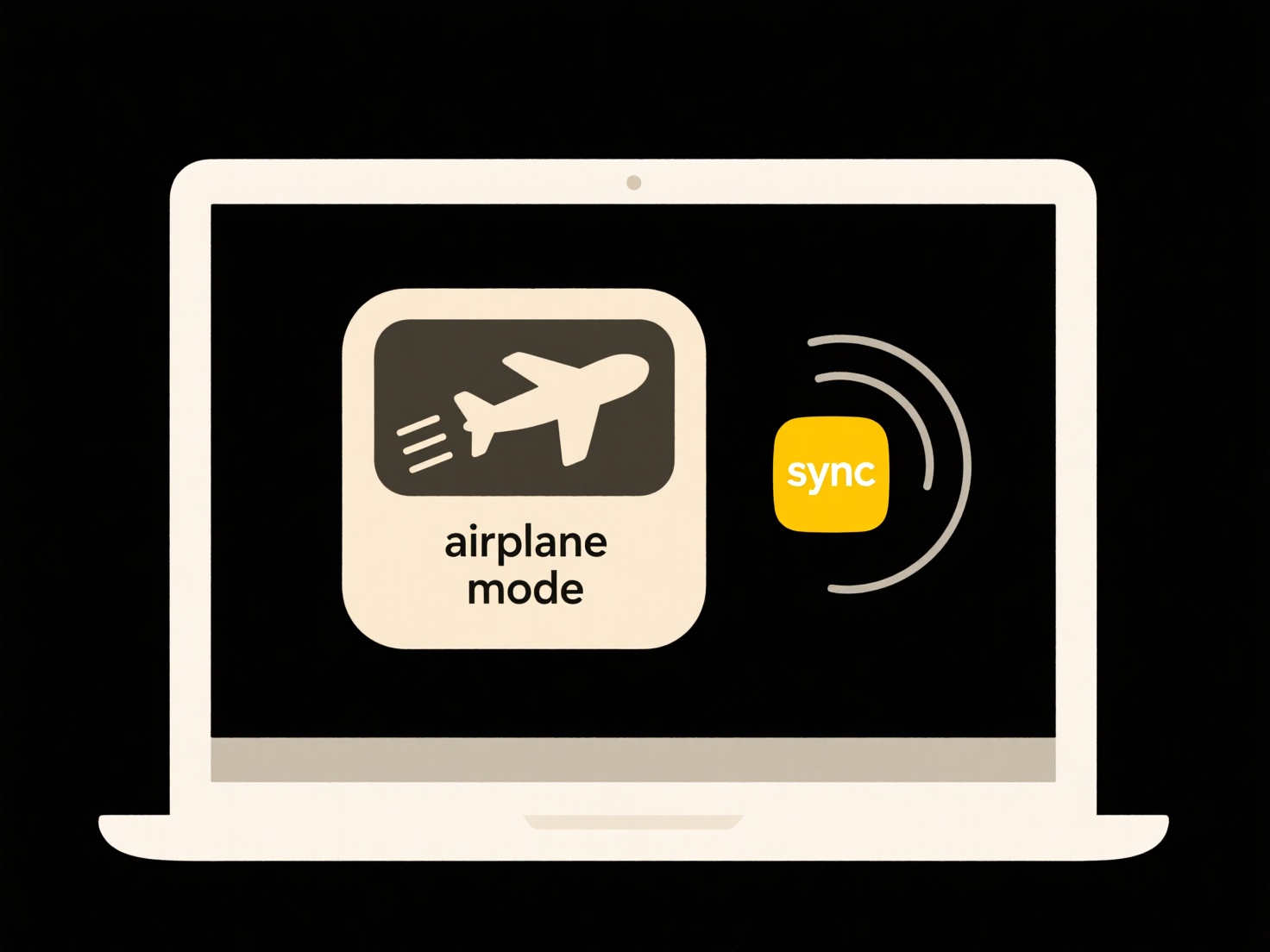
Syncing shared files to your local computer creates an exact, automatically updated copy of those files stored in a shared cloud service or network location directly on your hard drive. It differs from simply accessing files online: once synced, you can view and edit them offline using applications installed on your computer. Changes you make locally are uploaded to the shared location, and changes made by others are downloaded to your computer whenever an internet connection is available, ensuring everyone has the latest version.

Common examples include using cloud storage platforms like Dropbox, Google Drive, or OneDrive for personal files or shared project documents. In workplaces, platforms like SharePoint, Microsoft Teams shared channels, or network drives are frequently synced to local machines using tools such as OneDrive sync for SharePoint or dedicated file sync clients configured by IT departments.
The primary advantage is constant offline access and faster file interaction. However, it consumes local storage space and requires a stable internet connection for updates to propagate. Users must be mindful of local device security to protect sensitive synced files and adhere to organizational policies regarding confidential information storage. Ethical handling of shared data is crucial, even when stored locally.
How do I sync shared files to my local computer?
Syncing shared files to your local computer creates an exact, automatically updated copy of those files stored in a shared cloud service or network location directly on your hard drive. It differs from simply accessing files online: once synced, you can view and edit them offline using applications installed on your computer. Changes you make locally are uploaded to the shared location, and changes made by others are downloaded to your computer whenever an internet connection is available, ensuring everyone has the latest version.

Common examples include using cloud storage platforms like Dropbox, Google Drive, or OneDrive for personal files or shared project documents. In workplaces, platforms like SharePoint, Microsoft Teams shared channels, or network drives are frequently synced to local machines using tools such as OneDrive sync for SharePoint or dedicated file sync clients configured by IT departments.
The primary advantage is constant offline access and faster file interaction. However, it consumes local storage space and requires a stable internet connection for updates to propagate. Users must be mindful of local device security to protect sensitive synced files and adhere to organizational policies regarding confidential information storage. Ethical handling of shared data is crucial, even when stored locally.
Quick Article Links
Can I prevent users from using restricted words in file names?
Restricted words in file names refer to preventing users from including specific, predefined words or phrases when savin...
Can I limit how many times a file is downloaded?
Limiting file downloads restricts how many times an authorized user can retrieve a copy of a file hosted online. It diff...
What’s the best practice for naming ZIP or archive files?
Good archive file naming prioritizes clarity, conciseness, and descriptiveness. A well-named file instantly conveys its ...